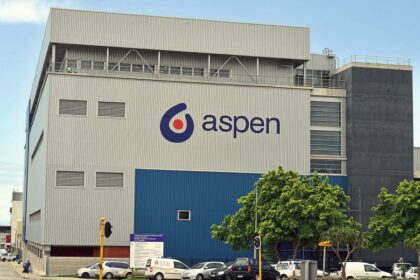At a Glance
- West Africa’s major train stations are vital transport hubs that link cities and trade routes, drive economic growth, and improve regional mobility with modernized infrastructure.
- Investments in railway expansion, including high-speed services and regional connectivity projects, are reshaping transportation, reducing travel time, and boosting trade across West Africa.
- Challenges such as infrastructure gaps, security risks, and sustainability concerns persist, but growing investments in rail networks present opportunities for economic development and job creation.
West Africa is a dynamic, rapidly growing economic region, rich in cultural heritage and abundant in natural resources.
As urbanization accelerates and economies expand, efficient transportation infrastructure has become vital to fostering trade, mobility, and economic development.
Rail transport plays a crucial role in connecting people and goods across borders, with train stations serving as essential hubs linking major cities, ports, and industrial centers.
Beyond being transit points, these stations are architectural landmarks and thriving economic centers, housing shopping complexes, restaurants, and business facilities contributing to urban growth.
Investments in railway infrastructure are transforming West Africa’s largest train stations into modern, efficient transit centers, reinforcing regional connectivity.
Despite existing challenges, the future of the railway sector looks promising, with ongoing developments set to enhance mobility and drive economic prosperity.
Shore Africa explores the seven largest train stations in West Africa, examining their size, passenger capacity, modern amenities, and historical or economic significance in shaping the region’s transportation ecosystem.
- Lagos Terminus, Nigeria
Lagos Terminus, also known as Iddo Terminal, is one of the busiest train stations in West Africa. Located in Nigeria’s commercial capital, the station serves as a major transportation hub connecting Lagos to other regions in Nigeria.
It plays a vital role in trade and commerce, facilitating the movement of goods and passengers across the country.
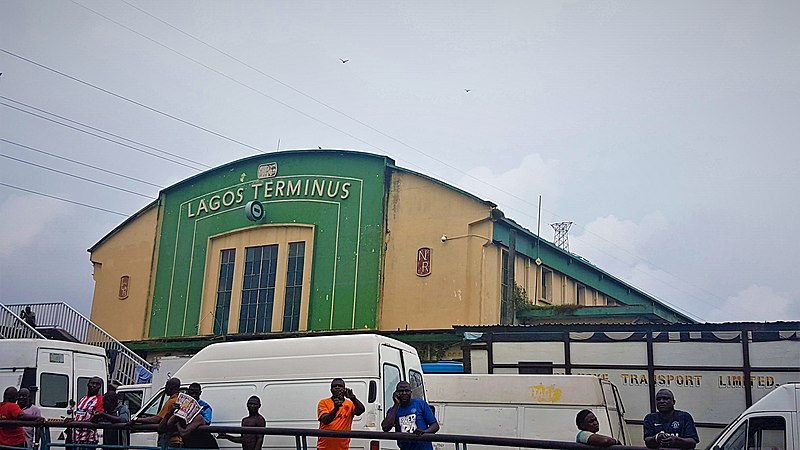
The station features multiple platforms, extensive track networks, and modern ticketing systems. Recent upgrades have improved passenger services, including waiting lounges, retail outlets, and security enhancements.
The Lagos-Ibadan railway, part of the broader Lagos-Kano rail project, has further boosted the station’s significance by introducing high-speed rail services.
- Accra Railway Station, Ghana
Accra Railway Station is a modern transportation hub known for its sleek design and state-of-the-art facilities.
The station plays a crucial role in Ghana’s railway network, connecting the capital city to other key economic centers. It has multiple platforms, efficient ticketing systems, and a well-structured passenger flow system.
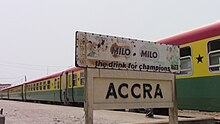
As part of Ghana’s railway modernization efforts, Accra Railway Station has seen major investments in infrastructure and technology.
Plans for high-speed rail services between Accra and Kumasi are expected to enhance the station’s capacity and efficiency, reducing travel times and improving passenger experience.
- Abidjan Railway Station, Côte d’Ivoire
Abidjan Railway Station is one of the largest and most significant train stations in West Africa. Serving as a crucial link between Côte d’Ivoire and Burkina Faso, the station facilitates trade and commerce between the two countries.
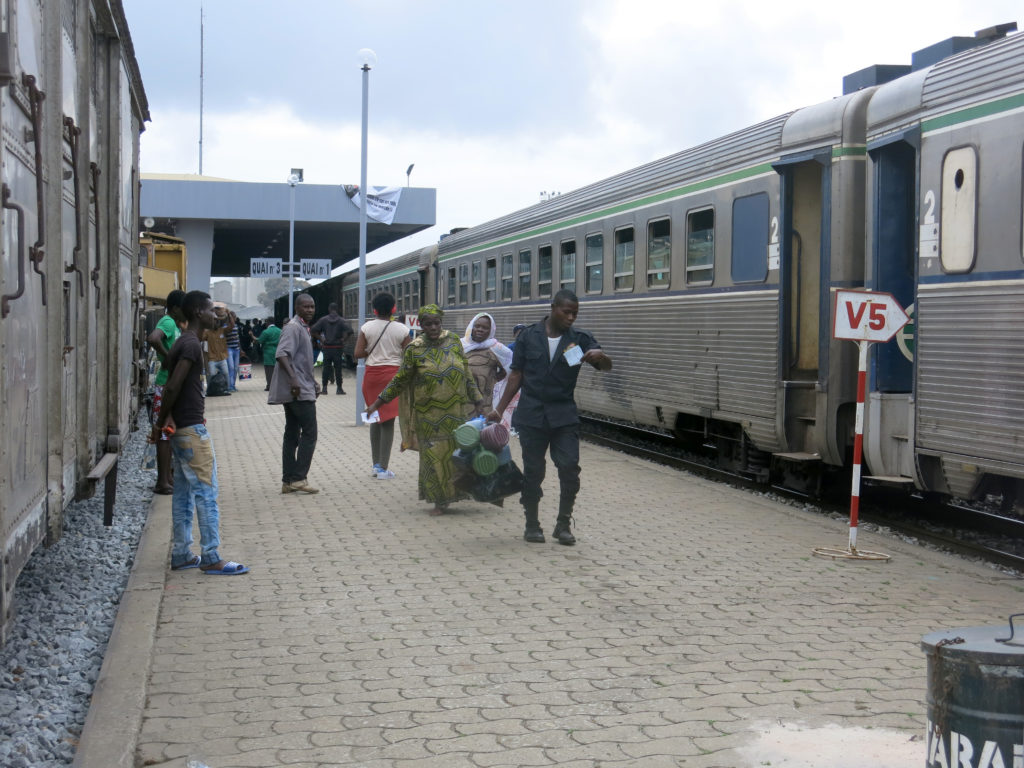
The station boasts impressive colonial-era architecture blended with modern facilities. Its strategic location in Abidjan, a major economic hub, makes it an essential asset in the country’s transportation network.
The ongoing Abidjan-Ouagadougou railway modernization project aims to enhance the station’s operations, boosting economic integration in the region.
- Dakar Railway Station, Senegal
Dakar Railway Station, a historic landmark, showcases beautiful colonial-era architecture combined with modern upgrades. As the main railway hub in Senegal, it connects Dakar to other key cities and trade centers.
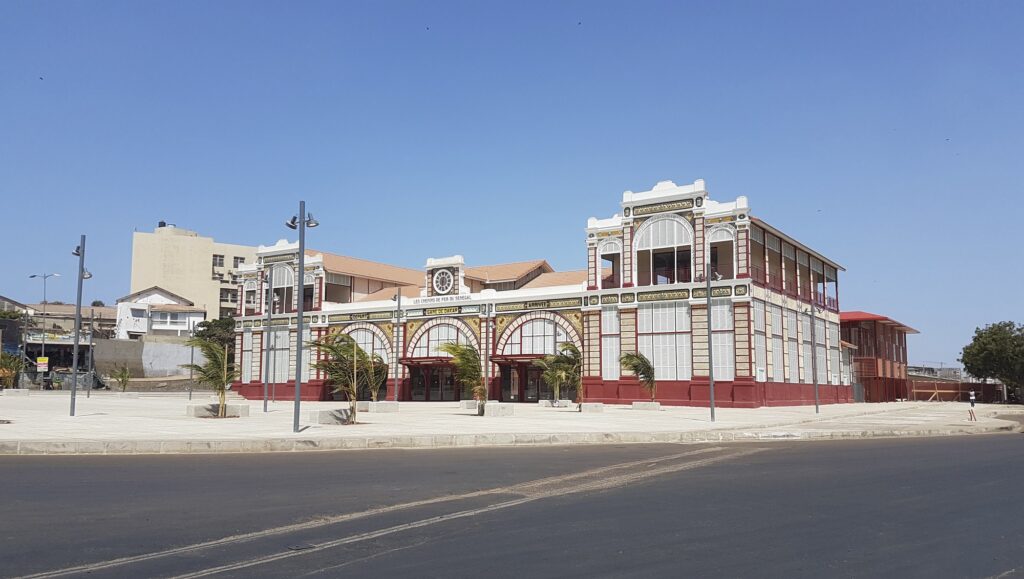
The station has undergone significant renovations to accommodate increased passenger demand and enhance service delivery.
Its modernization includes improved ticketing systems, enhanced security measures, and expanded commercial spaces. The Dakar-Bamako railway project, currently under development, is expected to further increase the station’s capacity and regional significance.
- Kumasi Railway Station, Ghana
Kumasi Railway Station is a major transportation hub in Ghana, serving as a key link between the country’s northern and southern regions. The station is known for its spacious platforms, modern facilities, and well-organized passenger services.

As part of Ghana’s railway expansion program, Kumasi Station has been undergoing upgrades to improve efficiency and accommodate higher passenger volumes.
The introduction of high-speed rail services between Kumasi and Accra is expected to significantly reduce travel time and boost economic activities.
- Ibadan Railway Station, Nigeria
Ibadan Railway Station is one of Nigeria’s largest train stations, featuring modern amenities and an extensive railway network. The station serves as a key transit point for passengers traveling between Lagos and northern Nigeria.
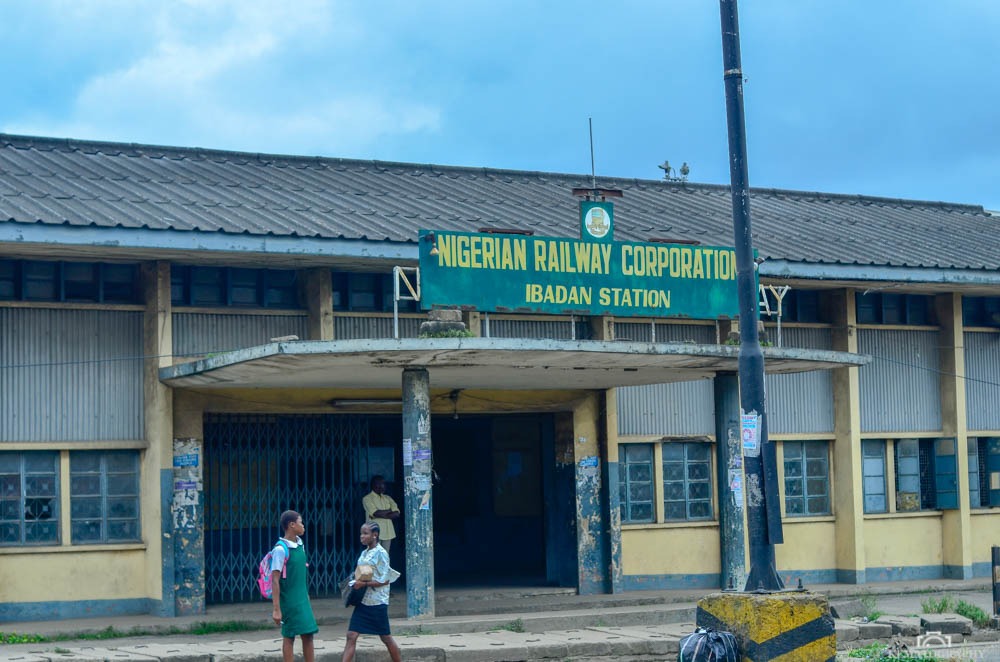
Recent developments have transformed Ibadan Railway Station into a modern transportation hub. Facilities include advanced ticketing systems, waiting areas, and commercial spaces.
The Lagos-Ibadan railway project has further reinforced the station’s importance, offering fast and efficient train services.
- Ouagadougou Railway Station, Burkina Faso
Ouagadougou Railway Station serves as a major transportation link between Burkina Faso and neighboring countries. The station features modern architectural designs, extensive railway connections, and efficient passenger services.
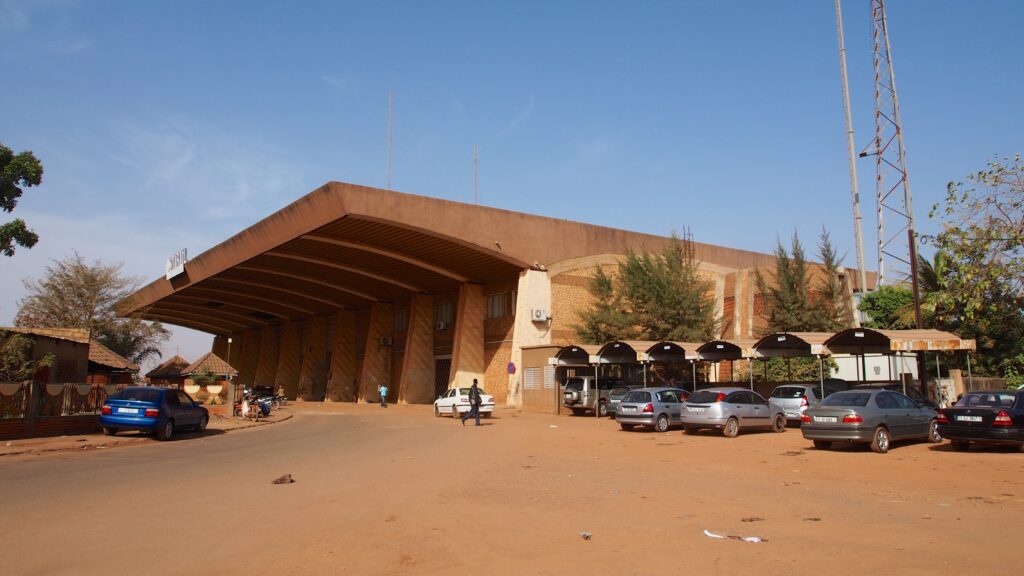
Recent investments in Burkina Faso’s railway sector have led to improvements in infrastructure and service delivery. The station plays a crucial role in facilitating regional trade and economic activities, contributing to the country’s growth and development.













